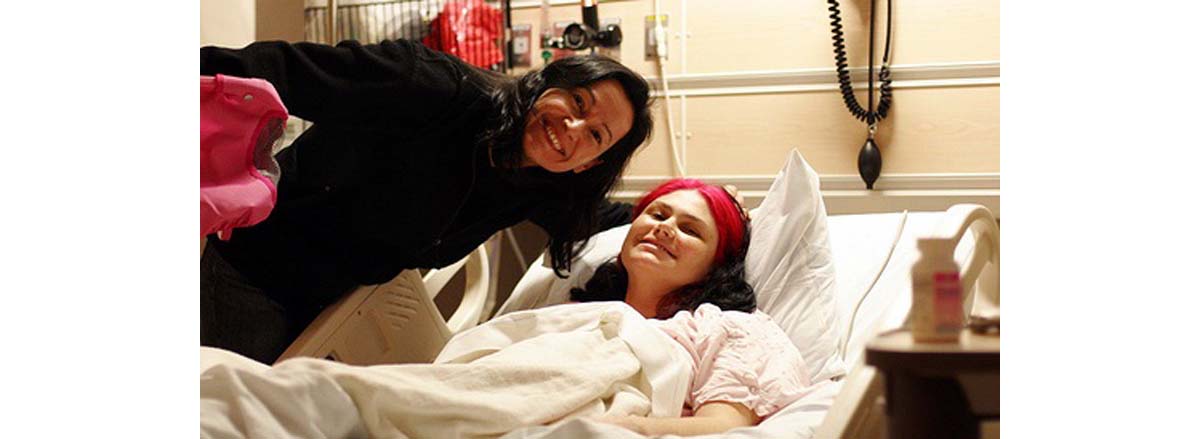You may think that asthma and allergies are purely genetic in nature, or otherwise a result of negative environmental factors to which children are exposed long after birth. Can the way in which a child is born, and even the location of the birth, also have an impact? Apparently, yes.
A Certain Species of Gut Bacteria may Predispose Children to Asthma and Allergies
Yes, giving birth to your child through a caesarean section can affect the baby's health. And, yes, the place of delivery, whether at home or in a hospital, has a bearing on his or her chances of developing allergies later on. It may sound too far fetched, but that is exactly what a study published in the Journal of Allergy and Clinical Immunology has found out.
The study, which was authored by John Penders, from Maastricht University in the Netherlands, investigated the composition of gut microflora and its relationship with the mode and place of delivery and subsequent atopic manifestations. The study covered around 2,700 babies and analyzed data on their birth characteristics, lifestyle factors, and development of asthma, skin rashes or food allergies until they were seven years old. Their stool samples were examined at the age of 1 month to study the presence of types of bacteria present. Blood samples were examined when the kids were 1 year old and later when they were 6 to 7 years old to find out the levels of specific IgE antibodies.
The researchers found that a certain species of gut bacteria, known as Clostridium difficile, may predispose children to asthma and allergies later in life. It was seen that this type of bacteria was commonly found in the stool sample of children who were delivered through a caesarean section, and was associated with wheezing and eczema during the first 6 to 7 years of the child’s life. The same bacteria were also linked to the development of asthma at the age of 6 to 7 years.
Gut Microflora during the Initial Years after Birth is Responsible for Life Long Immunity
According to the researchers, the bacterial colonies found in the gut of a child delivered vaginally come through the mother’s birth canal whereas a child delivered through a caesarean section gets his or her first exposure to the bacteria which are present on the skin of the doctors and nurses that bring them into the world.
It is a known fact that the gut microflora, during the initial years after birth, is responsible for life long immunity. The fecal sample of children born through a vaginal delivery, was found to be rich in Escherichia coli. However, Clostridim difficile was the most commonly seen bacteria in the feces of children born through caesarian section. In fact, 43 percent of caesarean section babies showed the presence of C. difficile in their stools. This means that C. difficile is a prominent bacteria present in the gut of such children. Its presence came down drastically to 27 percent in babies born vaginally in a hospital setting, and to just 19 percent in babies born vaginally at home. Hence, this research team effectively concluded that C. difficile is associated with allergies and asthma in children up to the age of 6 to 7 years.
However, not all researchers seem to agree with this view point. According to others, there are thousands of different species of bacteria present in the babies gut and C. difficile is just one of them. Therefore, it’s not correct to implicate C. difficile as the cause behind the development of allergies and asthma in children. Moreover, apart from bacteria, there are multiple other causes which can lead to these conditions, such as exposure to allergens. So, to put the blame on C. difficile obtained through a caesarean section would amount to jumping the gun. Nonetheless, this is interesting to consider.
- “Mode and place of delivery, gastrointestinal microbiota, and their influence on asthma and atopy”, John Penders et al, Journal of Allergy and Immunology, published online August 27, 2011, accessed on October 13, 2011
- “Allergies linked to baby's birthplace, gut bugs”, by Genevra Pittman, Reuters, published on September 30, 2011, accessed on October 13, 2011
- Photo courtesy of Sean Dreilinger on Flickr: www.flickr.com/photos/seandreilinger/289159928

